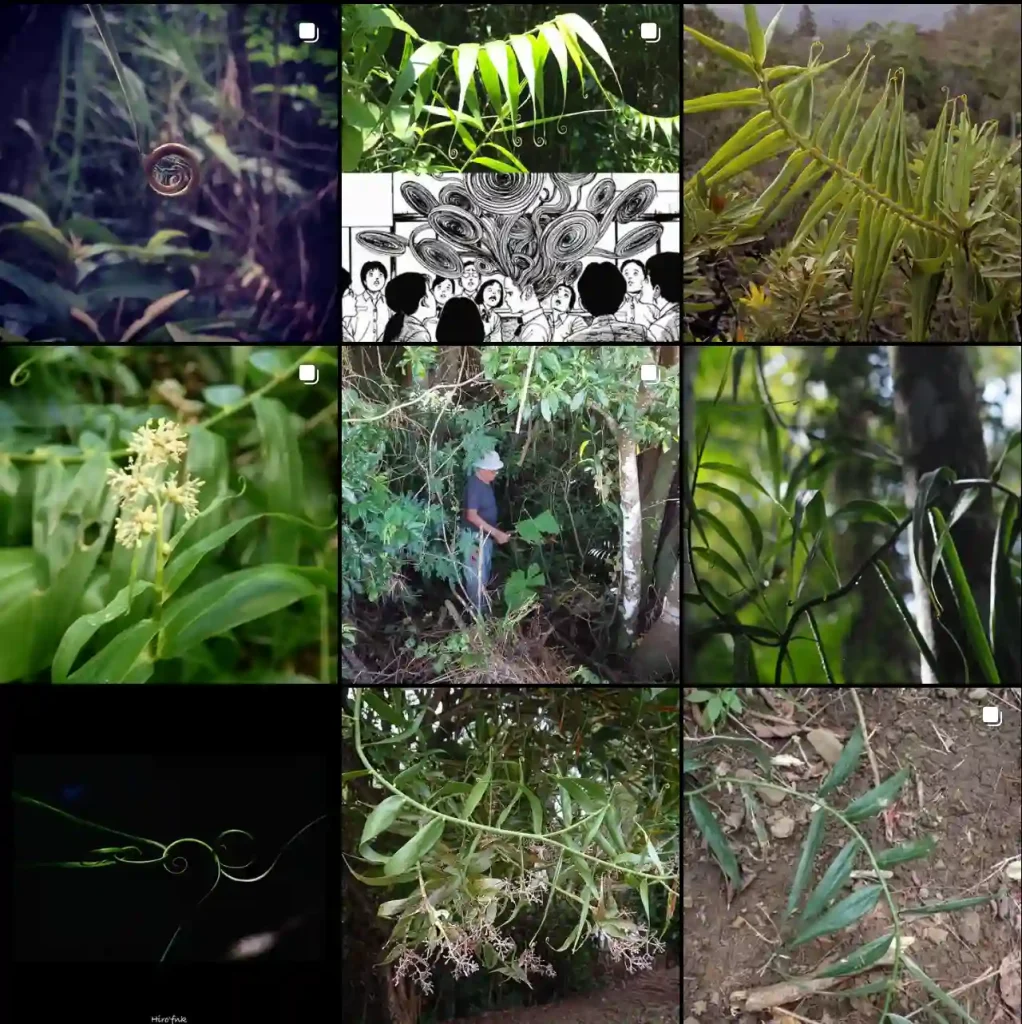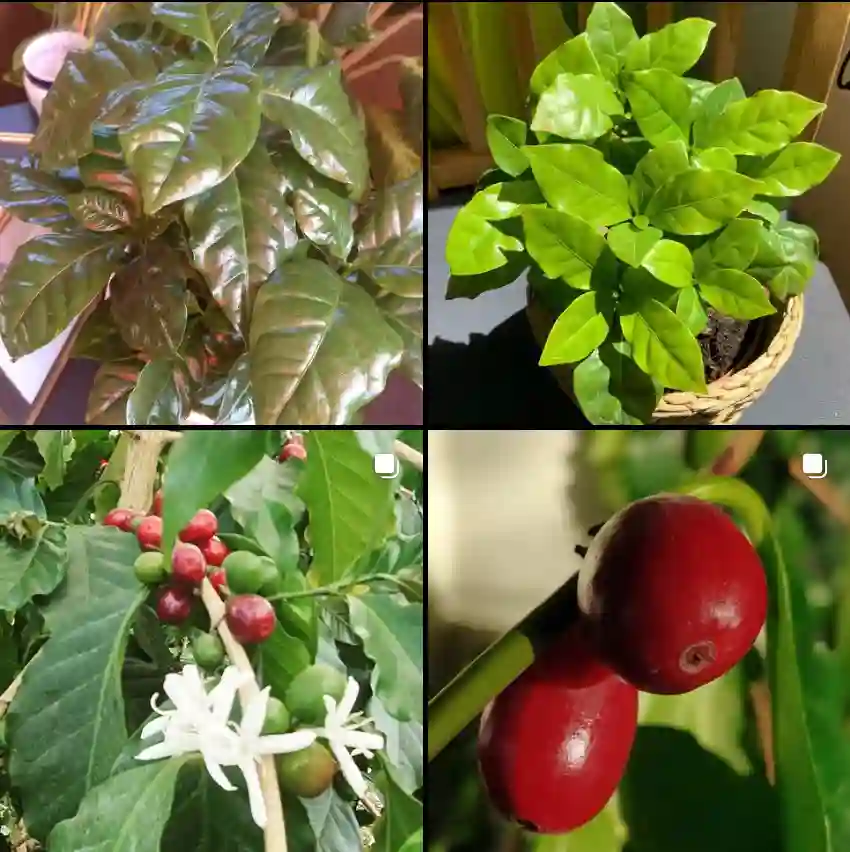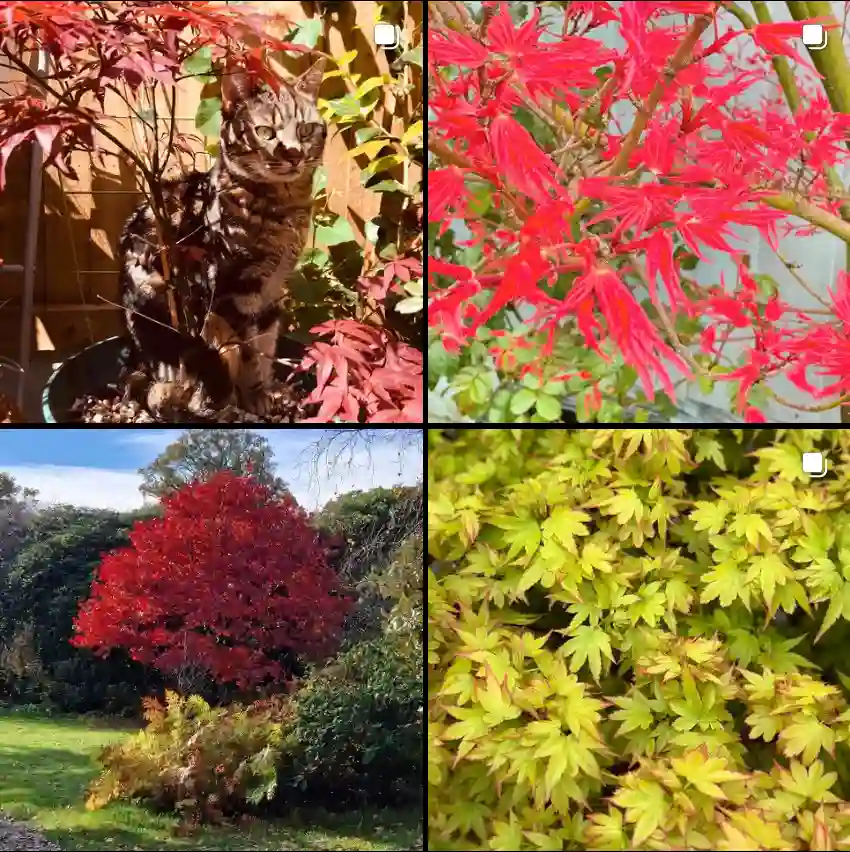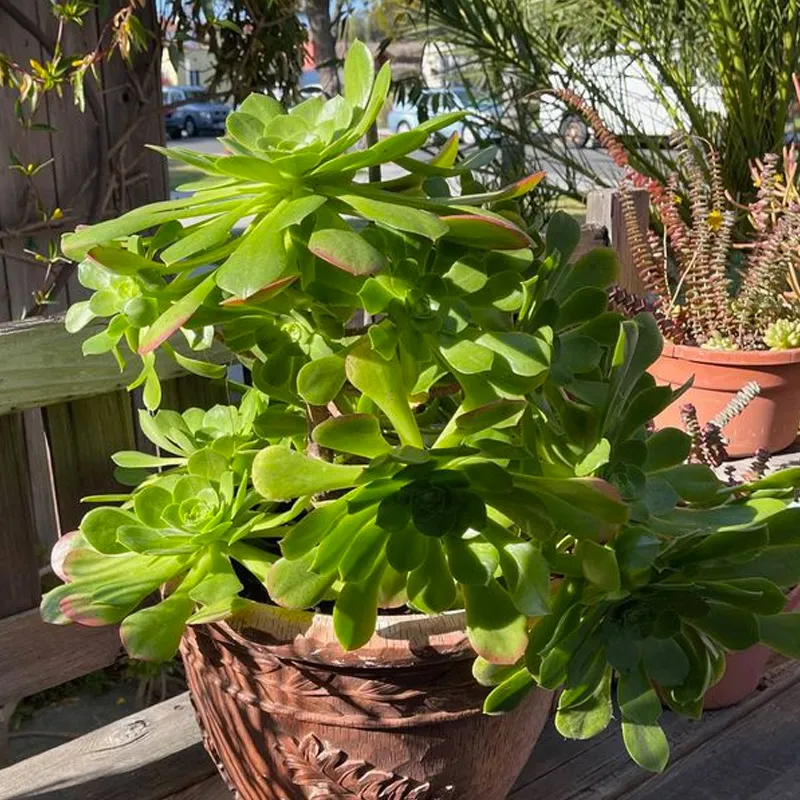What is banisteriopsis caapi?
Banisteriopsis caapi, commonly known as Ayahuasca vine or Caapi vine, is a tropical vine native to the Amazon rainforest. It is a key ingredient in the preparation of Ayahuasca, a psychoactive brew used traditionally by indigenous tribes in spiritual and healing ceremonies.
Banisteriopsis Caapi vs Banisteriopsis Muricata
I find Banisteriopsis Caapi intriguing for its gentle yet profound effects, offering a calming journey that feels deeply connected to nature. In contrast, Banisteriopsis Muricata provided a more intense experience, with stronger visual elements and a sense of heightened awareness that felt almost otherworldly.
Banisteriopsis Caapi vs Peganum Harmala
Banisteriopsis Caapi has been my preferred choice due to its smoother and more harmonious effects, creating a serene and introspective state that’s conducive to meditation and reflection. Peganum Harmala, on the other hand, felt more stimulating and mentally challenging, inducing a sharper clarity that bordered on overwhelming at times.
Does banisteriopsis caapi contain DMT?
Yes, Banisteriopsis caapi contains several psychoactive compounds, including harmine, harmaline, and tetrahydroharmine (THH), which are MAO inhibitors. These compounds work synergistically with DMT (N,N-Dimethyltryptamine), a potent psychedelic compound found in other plants such as Psychotria viridis or Diplopterys cabrerana, to produce the psychoactive effects of Ayahuasca.
How to grow banisteriopsis caapi?
Growing Banisteriopsis caapi requires a tropical or subtropical climate with warm temperatures and high humidity. Here’s how to grow it:
- Climate: Plant Banisteriopsis caapi in a warm, humid environment with temperatures consistently above 60°F (15°C).
- Light: Provide partial shade or dappled sunlight, as excessive sun exposure can damage the plant.
- Soil: Use well-draining, nutrient-rich soil with a slightly acidic pH (around 5.5 to 6.5).
- Watering: Keep the soil consistently moist but not waterlogged. Water regularly, especially during dry periods.
- Support: As a vine, Banisteriopsis caapi requires support for climbing. Provide a trellis, fence, or other structures for the vine to climb.
- Fertilizing: Feed the plant with a balanced fertilizer during the growing season to promote healthy growth.
- Propagation: Propagate from seeds or stem cuttings. Seeds may take several weeks to germinate, while stem cuttings can root more quickly.
Is banisteriopsis caapi legal in the US? Can banisteriopsis caapi vine grow in North America?
The legal status of Banisteriopsis caapi varies depending on its intended use. While the vine itself is not specifically listed as a controlled substance in the United States, its use in the preparation of Ayahuasca brew for psychoactive purposes is illegal. However, it may be legal to cultivate the vine for ornamental or botanical purposes in regions where it can thrive, such as certain parts of southern Florida or California.
Is banisteriopsis caapi psychoactive?
Banisteriopsis caapi contains MAO inhibitors that enhance the effects of DMT, resulting in psychoactive properties when combined with other plants containing DMT. Consuming Ayahuasca, a brew made from Banisteriopsis caapi and DMT-containing plants, can induce profound psychedelic experiences.
Where to buy banisteriopsis caapi?
Banisteriopsis caapi can be purchased from specialty plant nurseries, ethnobotanical suppliers, or online retailers that specialize in rare or exotic plants. It may also be available through botanical gardens or universities with botanical collections.
Can i grow banisteriopsis caapi using its vine?
Yes, you can grow Banisteriopsis caapi using its vine. Banisteriopsis caapi is a climbing vine that naturally uses its tendrils to wrap around and climb up trees in its native habitat. When cultivated, you can provide a similar support structure for the vine to climb.
To grow Banisteriopsis caapi using its vine:
- Provide Support: Offer a sturdy support structure such as a trellis, arbor, pergola, or fence for the vine to climb. Ensure the support is stable and tall enough to accommodate the vine’s growth.
- Encourage Climbing: As the vine grows, gently guide its tendrils towards the support structure. You can tie the vine loosely to the structure if necessary to help it establish and climb.
- Regular Maintenance: Monitor the vine’s growth and adjust its position as needed to encourage climbing. Prune any excess growth or unruly branches to maintain a tidy appearance.
- Optimal Growing Conditions: Ensure the vine receives adequate sunlight, water, and nutrients to support healthy growth. Banisteriopsis caapi thrives in warm, humid environments with well-draining soil.
By providing the appropriate support and care, you can cultivate Banisteriopsis caapi using its vine, allowing it to climb and flourish in your garden or indoor space.
How fast does banisteriopsis caapi grow? How long does banisteriopsis caapi take to grow?
Banisteriopsis caapi is a relatively fast-growing vine, especially in its native tropical habitat. Under optimal conditions, it can grow several feet per year. However, growth rates may vary depending on factors such as climate, soil quality, and care practices. It typically takes several years for Banisteriopsis caapi to reach maturity and produce flowers and seeds.
If i die, water my plants!



